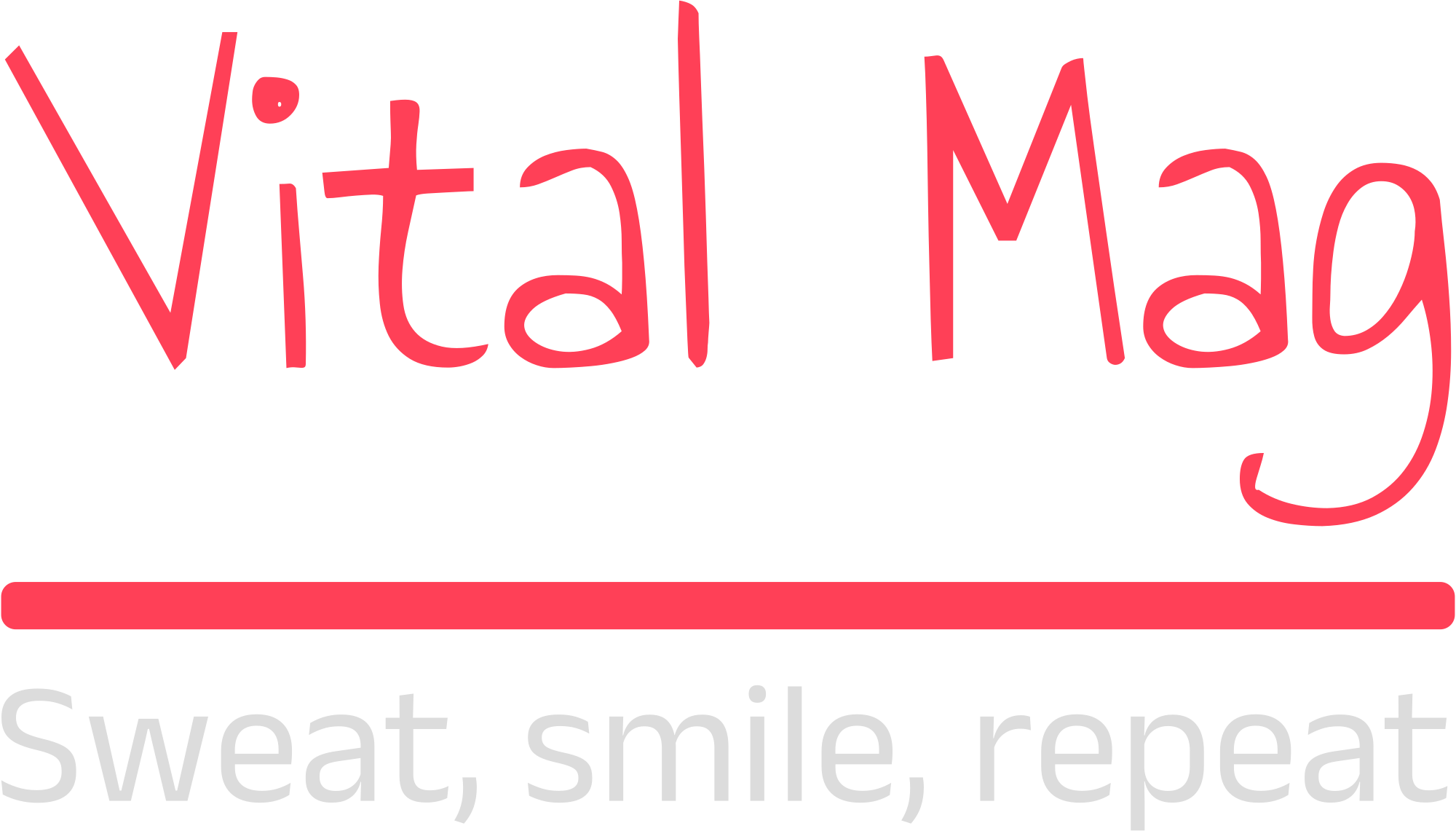Vein disease is a medical condition often unnoticed until symptoms become more severe. It affects millions of people worldwide and can manifest in various forms, from varicose veins to chronic venous insufficiency. While some may dismiss the symptoms as cosmetic concerns or simple discomforts, vein disease can lead to serious health complications if left untreated. Seeking care from a Board-Certified Vein Specialist for Vein Disease is essential to ensure accurate diagnosis, proper treatment, and long-term health benefits.
What is Vein Disease?
This condition is commonly referred to as vein disease or venous insufficiency and is characterized by the failure of veins in the legs to pump blood back to the heart. The condition can be developed gradually because of age, inherited traits, pregnancy, and when one spends many hours standing or sitting. It is not a disease exclusive to any specific age or gender. However, certain factors may increase one’s chances of developing spider veins. These include a family history of vein issues and some lifestyles.
The veins in our legs are expected to pump blood against gravity; small valves in the veins support a function. These valves open and close to ensure blood circulates in the right direction. However, when these valves become weak or damaged, blood can pool in the lower extremities, which causes pressure to build up within the veins. In the long run, this precipitates the symptoms and diseases referred to as vein disease.
Vein Diseases Symptoms: What to Look Out For
Vein disease signs may differ depending on the extent of the condition and the patient’s general health. However, several early signs may be associated with venous insufficiency symptoms. A common indicator of this condition is the development of varicose veins. These are enlarged, twisted veins that are easily seen through the skin layer but just under the skin. The varicose veins are usually located in the legs, and the symptoms include pain, throbbing, or heaviness, especially when one is standing for most of the time.
The other symptom is spider veins, which are smaller and slightly deeper into the skin. While they are not as painful as varicose veins, spider veins can still be tender and are viewed as a warning sign of venous disorders. Spider veins can be red, blue, or purple, and these veins may cluster together to create a spider-like formation.
Besides these manifestations, vein disease may also manifest as swelling of the legs, ankles, and calves. This swelling, commonly termed edema, may be more severe at the end of the day or when one is in a sitting or standing position for a longer time. If not managed, swelling may result in complications such as skin ulcers or deep vein thrombosis, a dangerous blood clot in the lower extremities.

Another frequent but less noticeable sign is the continual sensation of tiredness or weight in the lower limbs. This sensation is usually followed by itching or burning around the problematic veins. Although these symptoms are not very serious, they can significantly reduce the person’s ability to perform daily tasks or exercise.
Skin changes may also occur as vein disease progresses to higher stages of severity. These may lead to skin ulcerations, discoloration of the skin around the varicose veins, skin thickening, or infections. These symptoms are compounded by swelling and pain, which indicate that the condition has worsened and should be treated as soon as possible.
Why Specialized Treatment Matters
Although vein disease may sometimes appear mundane, it can significantly contribute to severe health risks if not addressed. For this reason, patients suffering from venous insufficiency must receive specialized care. Visiting a board-certified vein specialist guarantees that the patient gets the proper treatment according to the condition of the veins.
The first benefit of seeking specialized treatment is the accurate diagnosis of the ailment you are suffering from. Vein disease is not easily understood, and most signs are mistaken for other diseases. A specialist will have to examine you and conduct tests such as ultrasound to identify what is causing the symptoms in your case. This ensures that the patient receives the proper treatment that will help cure the disease instead of having the symptoms of the disease masked.
Vein disease specialists also have information on the newest minimally invasive treatment modalities. In the past, surgery was the only way to treat varicose or spider veins, and it was very painful. Contemporary forms of treatment include endovenous laser therapy (EVLT), radiofrequency ablation, and sclerotherapy, which do not require the patient to take time off work and can offer long-term solutions. These procedures are intended to enhance blood circulation, alleviate symptoms, and avoid the reemergence of vein disease.

Furthermore, specialized care also reduces complications. If left untreated, conditions like CVI, leg ulcers, or deep vein thrombosis are likely to occur in patients with vein disease. A lot can be done to prevent these severe consequences, and by consulting a vein specialist, you will be taking measures early enough.
Conclusion
Surprisingly, vein disease is a common ailment many people suffer from, but few realize it until the problem becomes more severe. Aside from cosmetic issues such as varicose and spider veins, vein disorders include chronic venous insufficiency and deep vein thrombosis. It is, therefore, essential to recognize the symptoms early and seek medical attention from a Board-Certified Vein Specialist for Vein Disease to manage the condition and possibly avoid more severe complications. The treatments that target these conditions also provide symptomatic relief and a way to improve the long-term health of blood vessels.

Meet Sally, the health blogger who believes that laughter really is the best medicine, except when it comes to treating a hangnail. Sally’s approach to wellness involves a healthy dose of humor, mixed with practical advice that doesn’t take itself too seriously. Whether she’s discussing the virtues of kale smoothies or her latest attempt at meditating without falling asleep, Sally’s blog is your go-to for a giggle and genuine health tips.

